October has concluded, and with the calendar flipping to November, some NHL teams are better or worse off than we thought they’d be to start the 2022-23 season. Are these strong starts legit, or will teams return to Earth in November? Likewise, will a club struggling out of the gate find its groove during the new month? Let’s look at some of the many surprise teams to start the new season.
Philadelphia Flyers
Much of the talk around the Flyers before the season was that they’ll be in the thick of the Connor Bedard Sweepstakes, the top prospect in the 2023 NHL Draft. That may still be the case when all is said and done, but for the time being, they sit in a playoff spot in the Metropolitan Division with a 5-2-1 record and 11 points.
A significant reason for the Flyers’ success has been Carter Hart, who has a .938 save percentage (SV%) and a goals saved above expected of 9.87, the latter of which ranks second in the NHL to Ilya Sorokin. Those numbers are excellent but are they sustainable, specifically Hart’s SV%? Even Igor Shesterkin, who won the Vezina Trophy a season ago, finished with a .934 SV%. And that was the seventh-best SV% of all time.
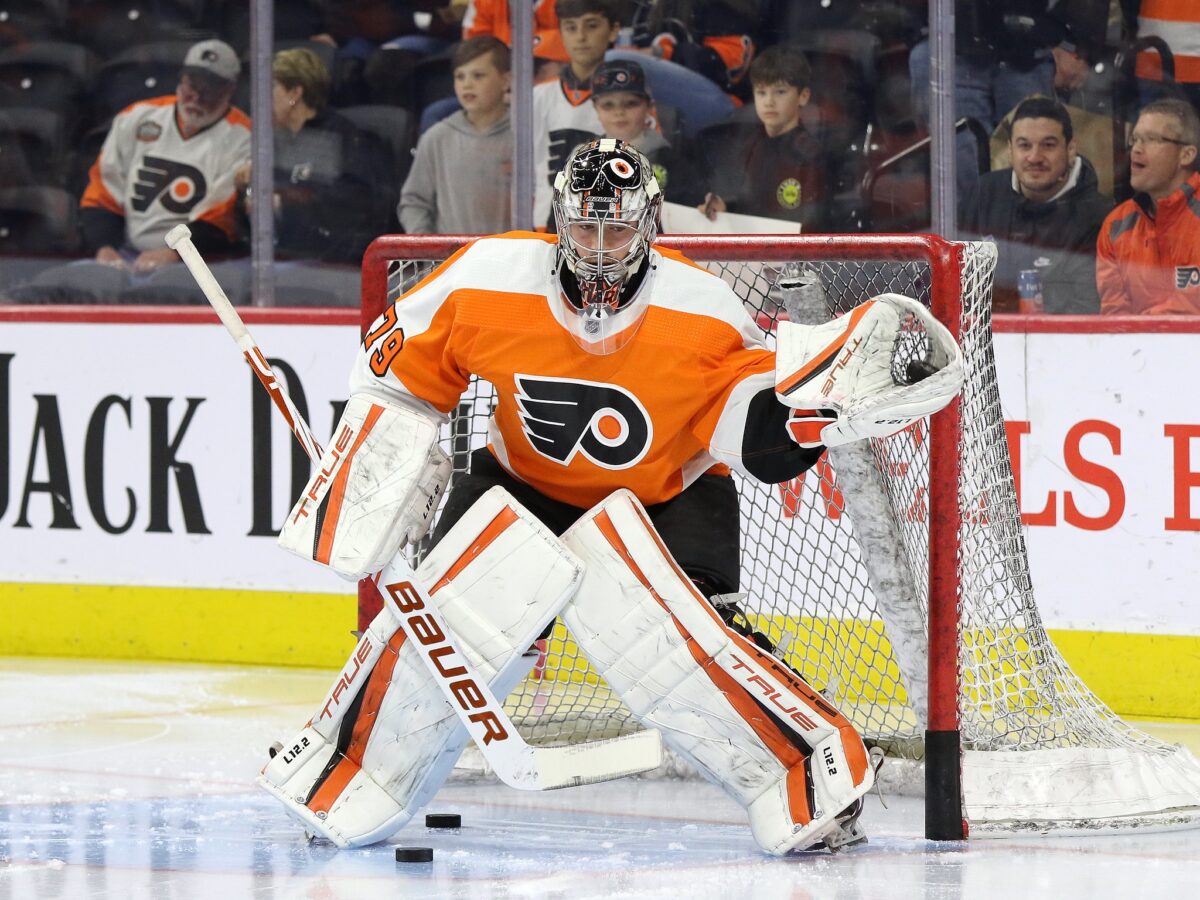
Hart has looked like a much-improved goaltender, but he is due for regression. With the way the Flyers have played at five-on-five, it’s only a matter of time. They have an expected goals percentage (xG%) of 39.57 percent, third-worst in the league, and are giving up many quality chances, with a rate of 3.1 expected goals against per 60 minutes.
Those numbers should improve a bit, but looking at the Flyers’ roster, it likely won’t get to a level for them to compete in the Metropolitan Division in the long run. They’ve been a nice story to start the season, and new head coach John Tortorella has given them a breath of fresh air. They might not be in the playoff race when it matters, but they will play hard and not be an easy out, as most Tortorella teams are.
Vancouver Canucks
To say the Canucks’ start to the season has been tumultuous would be an understatement. It began with seven consecutive losses (0-5-2) that came with multiple blown leads in the third period. They have won two straight to relieve some of the pressure everyone’s feeling in Vancouver, but they’ve already dug themselves into quite a hole.
The question is, are the Canucks actually this bad? Their forward group has quite a bit of talent. With that said, they haven’t been able to generate offense, as they’re only averaging 2.28 expected goals per 60. At least the silver lining is their power play has performed well, ranking 10th with a success rate of 25.8 percent.
Related: Canucks Fill Massive Hole With Bear, Pederson Trade
Defensively, the Canucks have had their issues as well, giving up an average of 2.73 expected goals per 60 minutes. That, in turn, has affected Thatcher Demko, who has a .874 SV% and a goals saved above expected of minus-7.2 in seven games. He’s nowhere near that bad of a goalie, and I’d expect some positive regression.
Still, Demko needs help in front of him. Fortunately for him and the team, the Canucks will probably stabilize their situation, and it helps that the Pacific Division and Western Conference are significantly weaker than the Eastern Conference. Will it be enough to get themselves back in the playoff picture? If not, they should be all-in on the Bedard Sweepstakes, who happens to be a Vancouver native, by the way.
Nashville Predators
The Predators are off to a slow start at 3-5-1, but when looking at their numbers, their process should have most fans encouraged. Their Corsi for percentage (CF%) ranks in the top 10, while their xG% is on the outside, looking in at 13th. They’re playing well at five-on-five, which usually bodes well for future success, especially when they have a goaltender of Juuse Saros’ caliber in net.
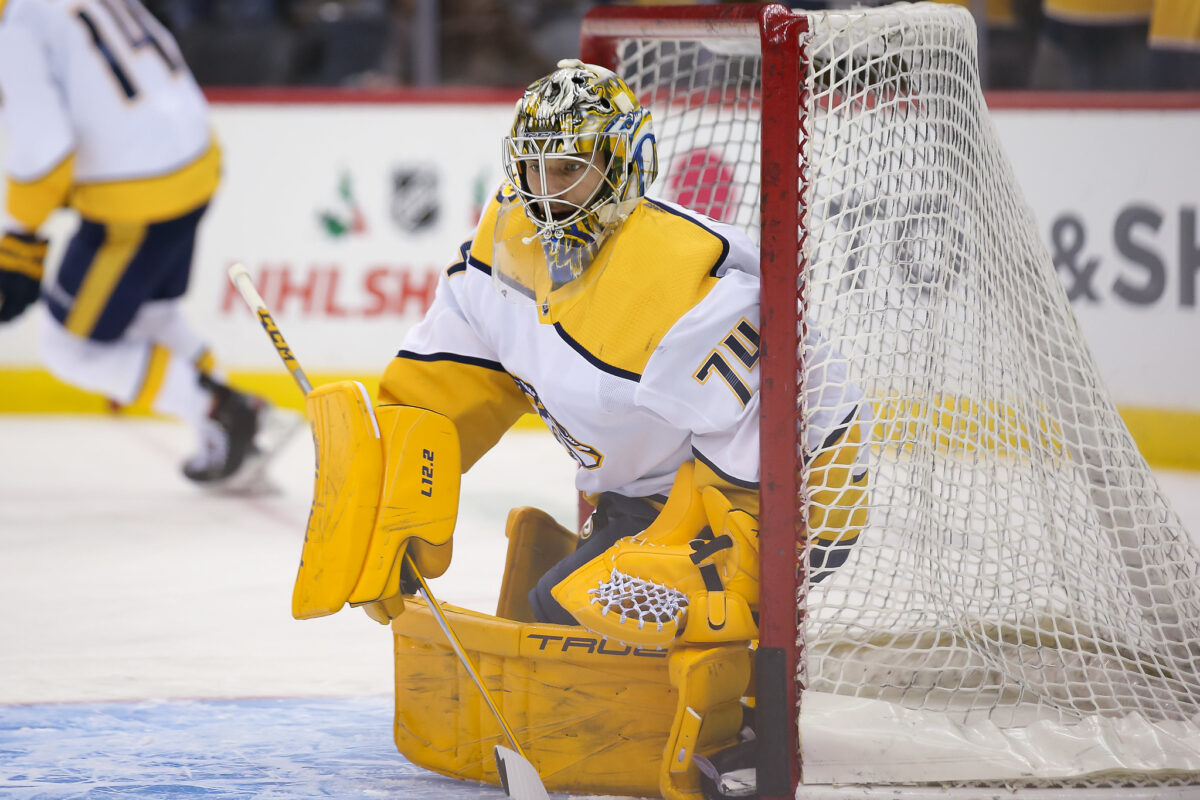
The Predators had more than a few players producing well above their career norms a season ago; Matt Duchene won’t finish with 40 goals again, and Roman Josi probably doesn’t total 96 points, either. But they’re both still playing well to start 2022-23, as are Filip Forsberg and Mikael Granlund — players the Predators need performing at a high level to be successful. The wins should start coming for them, and they should be in the playoff conversation as the season progresses despite their slow start.
Chicago Blackhawks
Another team most thought would be in the Bedard Sweepstakes. That may hold true by March and April, but for now, the Blackhawks are playing decent hockey with a 4-3-2 record. They’ve had trouble generating offense, but their defensive metrics are solid, as they’re giving up an average of 2.62 expected goals against per 60, the 13th-best mark in the league.
Strong starts from Max Domi, Andreas Athanasiou, Jason Dickinson and Tyler Johnson have helped put the Blackhawks in a better position than expected. But the team likely doesn’t have the staying power to be in the thick of things once American Thanksgiving passes. Like the Flyers, they’ve been a nice story to start 2022-23, though they will likely regress in the coming weeks. At the very least, it does look like hiring Luke Richardson as head coach was a good decision and will have a positive impact moving forward.
Buffalo Sabres
After years of being stuck in the NHL’s basement, the Sabres are beginning to pull their way out. They’re 6-3-0 in their first nine games and sit in a playoff spot in the Atlantic Division. The question in Buffalo is, will the good times last? Especially in what’s arguably the best division in the NHL this season.
The Sabres are winning games, and their five-on-five numbers are relatively decent. They’re giving up a rate of 2.78 expected goals per 60 minutes, generating 2.74 expected goals per 60, and have an xG% of 49.65 percent. They’ve gotten great goaltending from Craig Anderson, who, at 41 years old, has a .946 SV% in three games. That probably won’t last, but he is still a reliable netminder at his age. Eric Comrie has fared well, too, posting a .905 SV% in six games.
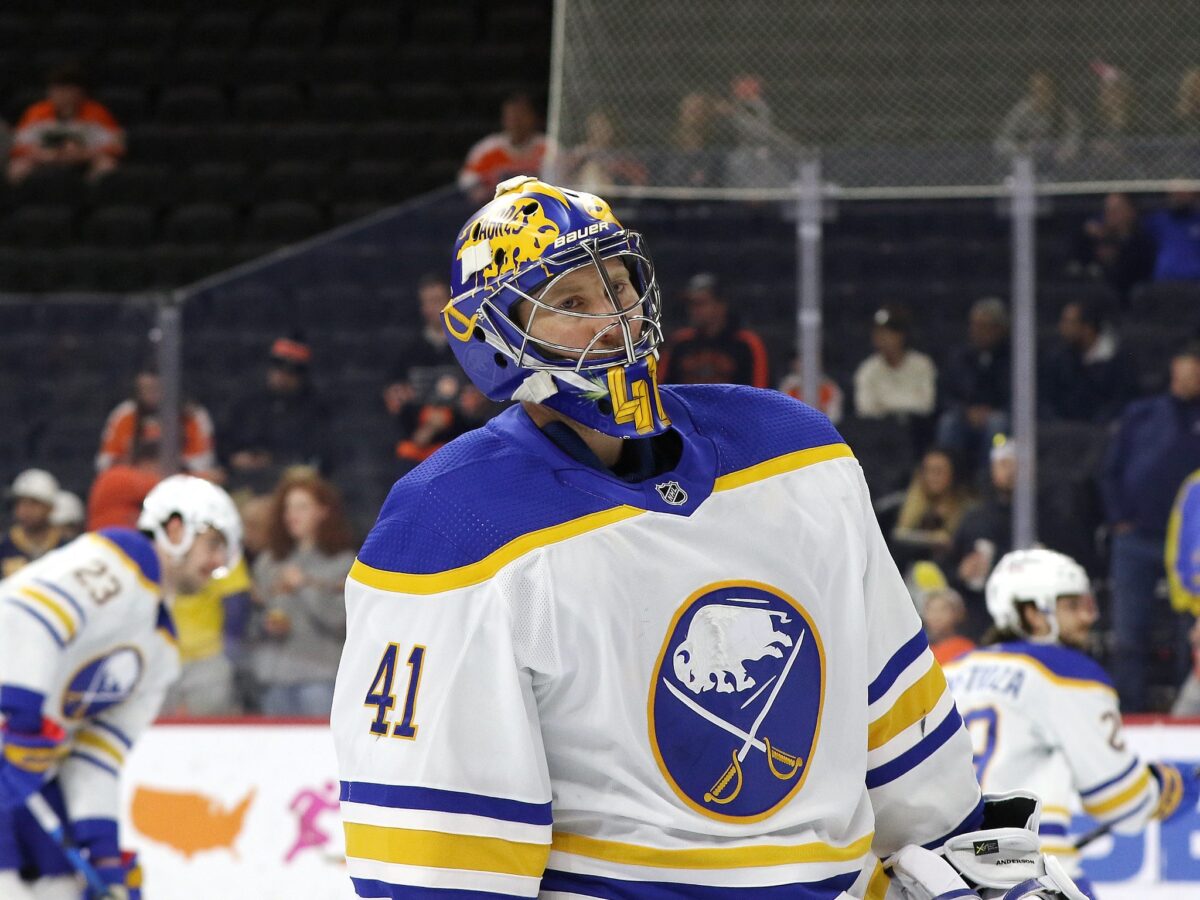
The grueling nature of being in the Atlantic Division will likely lead to a drop off from the Sabres, but there’s plenty to like about where they’re heading. They have promising young talent in Owen Power, Rasmus Dahlin, J.J. Peterka and Jack Quinn and are well-coached with Don Granato at the helm.
The Sabres are probably another year away from making things interesting in the Atlantic. But they’re not a cakewalk anymore and are very much a fun team to watch, as evidenced by their 8-3 win against the Detroit Red Wings last night. Even though they probably fall off as the season progresses, grabbing another top-10 pick — considering the talent in the 2023 draft — should do wonders for their long-term projections.
Colorado Avalanche
Perhaps it’s because they’re the defending Stanley Cup champions, but the Avalanche have gotten off to a slower start than most expected. After two straight losses at the hands of the New Jersey Devils and New York Islanders, the team sits at 4-4-1. Injuries to Gabriel Landeskog (long-term) and Valeri Nichushkin (short-term) have some to do with the slow start, but it has been a struggle at five-on-five for the team.
Through nine games, the Avalanche have just a 45.2 xG% — the seventh-worst xG% in the league. They’ve given up quite a bit of quality, with a rate of 2.94 expected goals against per 60 minutes. To make matters worse, they’ve only scored 11 goals at five-on-five and have been too reliant on their power play to generate offense.
The Avalanche aren’t going to be a bottom feeder, and improved health will help them rebound. However, there’s no doubt their roster is worse than it was a season ago. Losing players such as Andre Burakovsky and Nazem Kadri to free agency is plenty to replace in one offseason. They will be a playoff team, but it’d be a surprise if they’re the wagon they were in 2021-22.
Detroit Red Wings
General manager Steven Yzerman made more than a few notable additions to improve the Red Wings’ roster this offseason. He signed Andrew Copp and David Perron in free agency, acquired Ville Husso to stabilize their goaltending situation, and signed Ben Chiarot to add defensive depth.
The Red Wings have a 4-3-2 record, but there are plenty of red flags. After getting run out of the rink by the Sabres, they have a 42.94 CF% and 43.26 xG% at five-on-five, both in the bottom five of the league. They’re bleeding quality shots and chances, giving up an average of 2.93 expected goals per 60 minutes, a bottom-10 rate in the NHL.
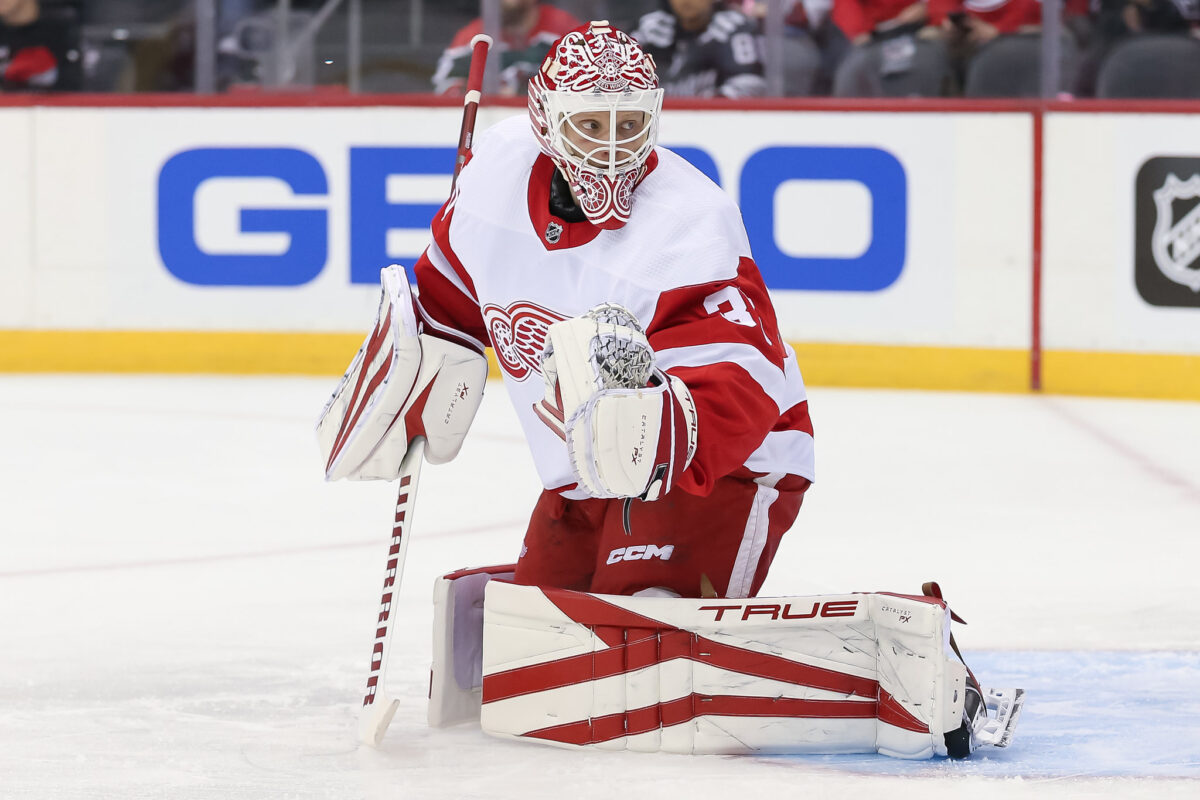
They’ve gotten by with some strong goaltending from Husso in their wins, but their process needs to improve to sustain their solid start. On paper, they have the talent to improve as the season progresses, especially once Tyler Bertuzzi returns from an injury and Jakub Vrana returns from receiving treatment in the NHL/NHLPA Player Assistance Program (well wishes to him while he’s in the program). I’d bet on five-on-five improvement from the team, but the losses could start to pile up if it doesn’t occur and they play as they did against the Sabres.
Toronto Maple Leafs
Is it panic time in Toronto? Not yet, but there is cause for concern in the hockey mecca of the world. With a 4-4-2 start that includes losses to the Anaheim Ducks, San Jose Sharks and Arizona Coyotes, the Maple Leafs are not performing to expectations.
Some interesting things are going on with the Leafs’ numbers. They’re giving up 2.68 expected goals per 60 minutes, a middle-of-the-pack defensive rate to start 2022-23. Offensively, they’ve been generating chances at a top-10 clip. But the finishing hasn’t been there, as their five-on-five shooting percentage of 6.01 is the second-lowest in the league.
Despite the flaws of the Maple Leafs roster, finishing isn’t a concern with the scorers they have. That will come in time, and surprisingly enough, their goaltending has held up too. Ilya Samsonov, one of their offseason additions, has played well, totaling a .920 SV% in six games. They need to find a backup with Matt Murray out long-term, but they can at least count on Samsonov.
Related: 6 Ways to Emotionally Deal with the Maple Leafs’ Struggles
The biggest issue for this Maple Leafs team seems to be on the back end. Justin Holl has struggled mightily, while Rasmus Sandin is off to a slow start after missing the start of training camp while negotiating a contract extension. Getting Timothy Liljegren back from injury should help quite a bit, but they need to figure out their defensive issues.
They also have depth concerns up front, with Alexander Kerfoot and Calle Jarnkrok playing second-line minutes. It’s hard to get a read on this team, but there’s too much talent for them not to get it together. Though, it will need to come soon since being out of a playoff spot by American Thanksgiving would be problematic in the Atlantic Division.
Pittsburgh Penguins
After starting the season 4-0-1, the Penguins have come crashing back to Earth with four straight losses. In those four defeats, the team was outscored 18-6 and posted a 45.6 xG% while giving up 3.33 expected goals per 60 minutes. West coast trips are not easy, but there are some concerns with this Penguins roster. For starters, their depth up front — specifically in their bottom-six — is less than ideal; Carter, Kapanen, McGinn and Poehling all have an xG% below 47.5 percent:
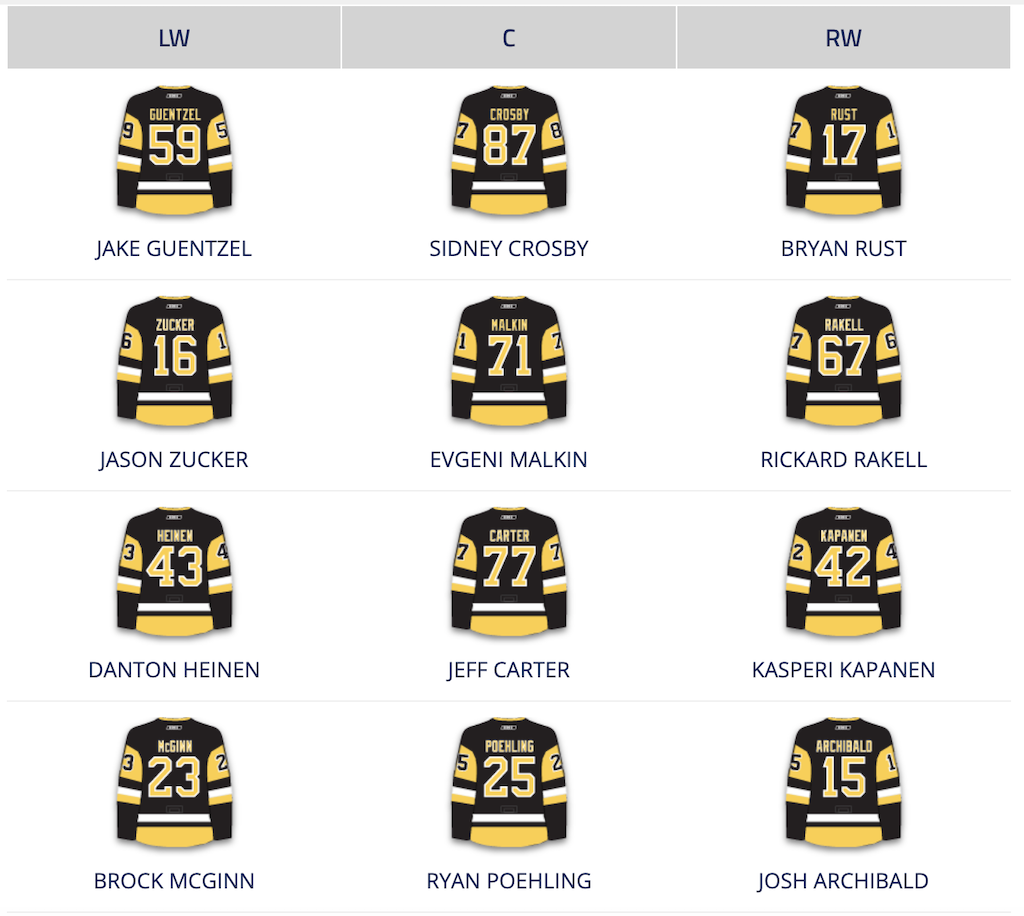
And not only does their forward group have concerns, but the Penguins have one of the oldest blue lines in the league after replacing Mike Matheson and John Marino with Jan Rutta and Jeff Petry, with Rutta being 32 years old and Petry turning 35 in a month. Nor does it help that Brian Dumoulin — one of the more underrated defensemen in the NHL for quite some time — is starting to show signs of slowing down.
I’ve learned not to bet against Sidney Crosby and head coach Mike Sullivan, and they’re still a playoff team in my eyes. But this isn’t a club without flaws, especially since it’s the second-oldest roster in the league. In a highly competitive Metropolitan Division, it won’t be a surprise if they fall off or end up in a battle to make the playoffs.
New Jersey Devils
Are the Devils a wagon? It’s too early to claim that, but they have been quite impressive to start 2022-23. Through nine games, they’re second in the NHL in CF% to the Carolina Hurricanes at 63.27 percent and first in xG% at 69.3 percent. That latter number is nearly eight percent more than the Hurricanes, who are in second place in that statistic. Oh, and they sit in second place in the Metropolitan Division.
The key for the Devils, as has been the case for quite some time, is getting timely saves. In their six wins, they have an SV% of .944. In their three losses, their team SV% is .768. Vitek Vanecek has provided a spark in his last three starts, stopping .955 percent of the shots he’s faced, including a shutout against the Avalanche on Friday evening. That moves his SV% to .903 for the season, which should do for a team like the Devils.
If Vanecek and Mackenzie Blackwood can provide .903 goaltending or better, the pieces are there for the Devils to shake up the Metropolitan Division. Jesper Bratt has 15 points in nine games and is a way-too-early Hart Trophy contender, while Nico Hischier is hot out of the gate, ranking in the top five in average game score leaguewide. The team’s rate of 1.61 expected goals against per 60 minutes is the best defensive rate in the league by a comfortable margin, as is their offensive rate of 3.65 expected goals per 60. There’s probably a bit of regression ahead for those numbers, but the Devils sure have the looks of a team that could turn into a wagon.
What Will November Hold in Store?
What does the new month have in mind? Will the Devils’ western Canada trip, which begins tonight against the Canucks, unfold as the Penguins’ trip did? Will the Sabres keep up their hot start? Can the Maple Leafs right the ship before things snowball to the point of no return? We should get those answers in the coming weeks as the NHL season really begins to ramp up.
* * *
Advanced stats from Natural Stat Trick, Evolving-Hockey, and Hockey Stat Cards
